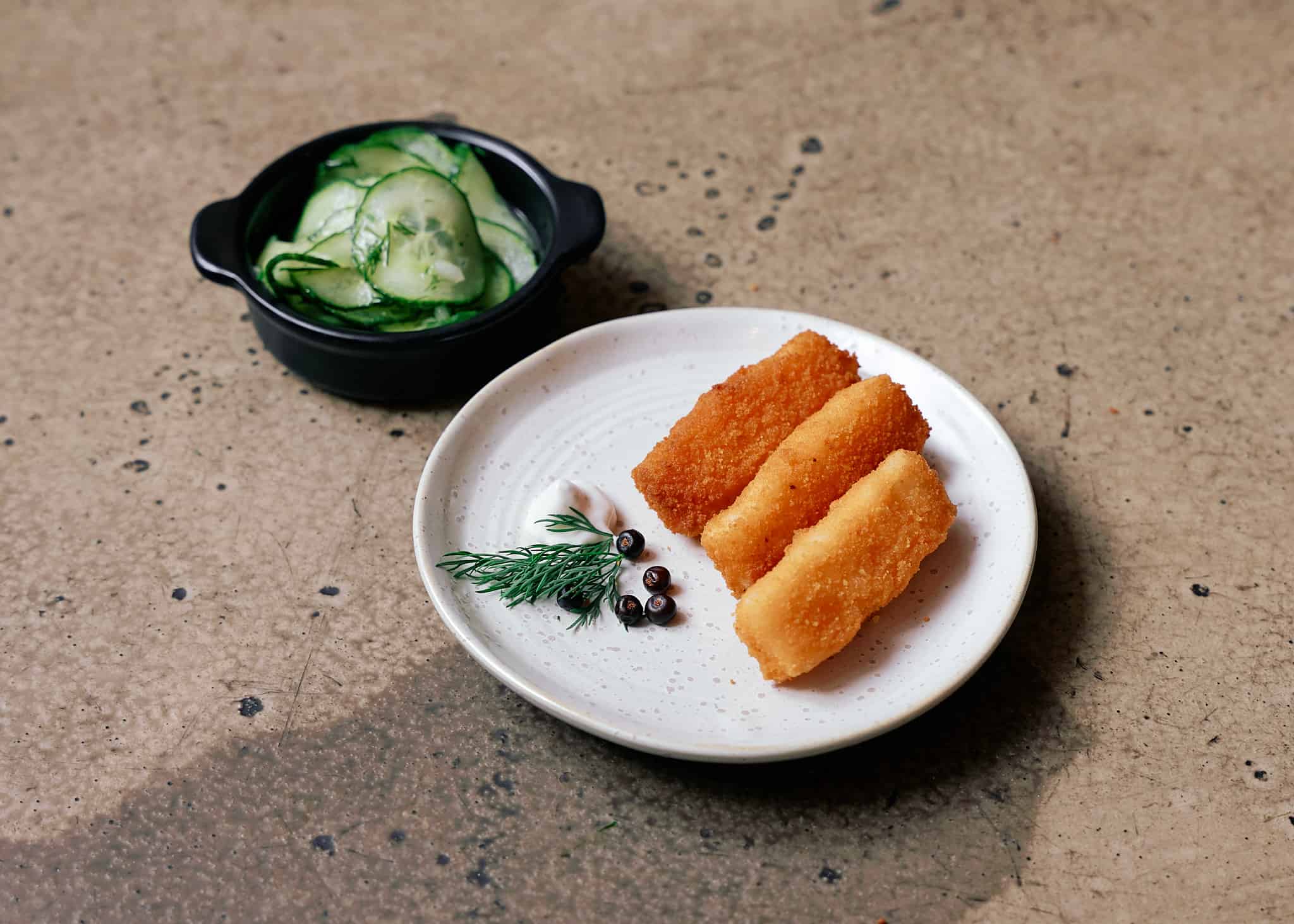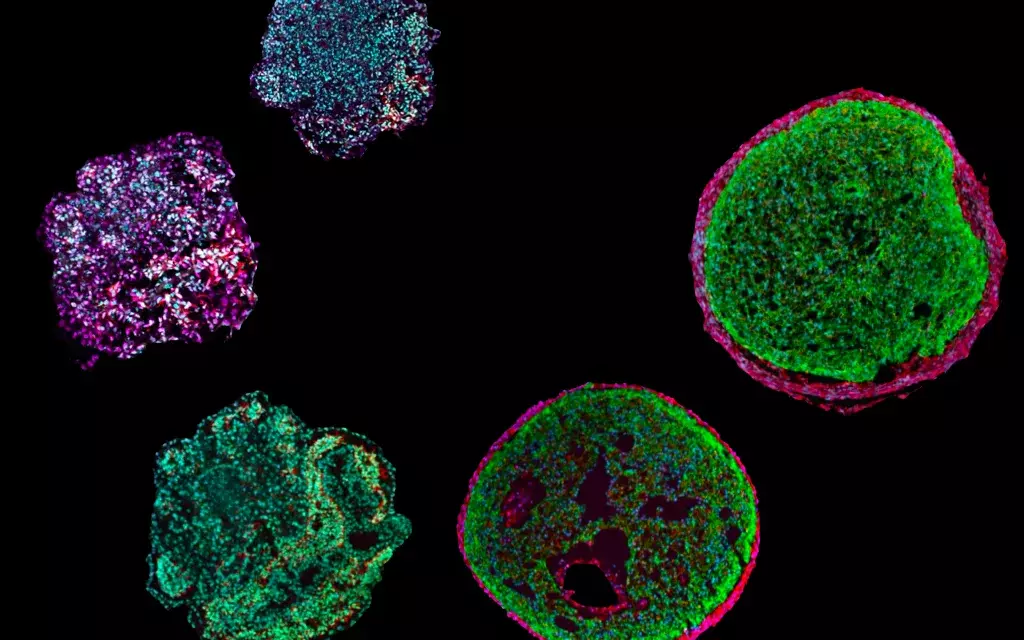
Cultured meat made from animal stem cells has been around for years and is becoming more and more professional with companies like the Israeli SuperMeat, the American Impossible Foods and the Dutch innovators Mosa Meat and Meatable. Eight years ago, the first cultured burger cost a couple of hundred thousand euros, now it costs a couple of tenners. Many people think it is just a matter of time before lab-grown meat becomes a real environment- and animal-friendly alternative to slaughtered livestock.
When it comes to fish, we’re not quite as far yet. But the Bluu Biosciences company – a spin-off from the Fraunhofer Institute for Marine Biology – wants to change that. The Berlin-based company says it is the first European company to focus on producing fish from a bioreactor. Worldwide, there are only a handful of rivals (including BlueNalu, Finless Foods and California-based WildType).
“This is a fast-growing market,” says co-founder and CEO Sebastian Rakers. “The future belongs to products that align with the philosophy of circular economy. Cell-based bioreactor fish is part and parcel of that.”
2023 fish croquettes
Bluu Biosciences is now a little over a year old. The goal is to first produce for restaurants and then supermarkets. According to Rakers, 2023 is a realistic date for the market launch of the first fish patties, fish sticks and fish tartare made from a mix of cell-based fish flesh and vegetable proteins.

It is still too early for fish fillets at this point. “The challenge is to develop a porous structure which ensures that enough nutrients and oxygen can reach the cells. This is essential in order to enable the cells to form in the same way as they do in natural fish tissue,” Rakers explains.
Bluu Biosciences isolates the cells from a piece of adult fish tissue. The isolated cells – similar to adult stem cells – are then reproduced in the laboratory in an in vitro culture. Since they do not age, they can, in principle, divide indefinitely. The cells are then fed a nutrient medium inside a bioreactor.
Schaalgrote
The reactor comprises a maximum of five liters at present, but more is needed to obtain a marketable product. ” We are not there yet, because we first need to refine the process steps that the cells need to be able to grow. Our greatest challenge now is to take the step towards industrial production.”
There are a lot of advantages to fish made in a lab. Firstly, it is made in an animal-friendly way and is extremely healthy. Secondly, despite the increase in fish farms, there is still plenty of wild fish being caught. This results in overfishing and ever-more endangered species. With in vitro fish, you prevent that from happening. Finally, fish farms are not exactly environmentally friendly and a lot of antibiotics are used. A slice of laboratory fish scores far better here as well.
In addition to improving the processing, the researchers at Bluu Biosciences are focusing primarily on refining the cell properties when it comes to flavor and texture. Furthermore, the processing needs to be more effective in order to lower costs. Last but not least, they are working hard to make the cultured fish completely meat-free. At the moment, calf’s blood is still needed, but Rakers is confident that this will soon be a thing of the past.
Be sure to take a look at our other stories on cultured meat.







